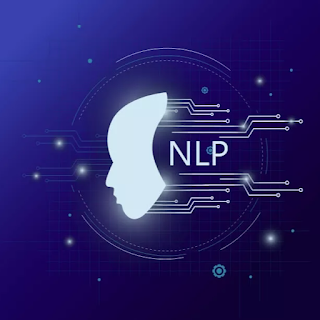*
How Does ChatGPT Understand User Input?
ChatGPT is a natural language processing (NLP) technology developed by OpenAI that is able to understand and respond to user input in a conversational manner. It uses a combination of machine learning algorithms and deep learning neural networks to process and analyze natural language input, allowing it to understand and generate responses that are similar to those of a human.
How Does ChatGPT Generate Responses?
One of the key components of ChatGPT is its ability to understand the context of a conversation. It does this by analyzing the words and phrases that are used in the input, as well as the overall structure of the sentences. This allows ChatGPT to understand the meaning of the input and to generate appropriate responses based on that meaning.
What Techniques Does ChatGPT Use to Generate Responses?
Another important aspect of ChatGPT is its ability to generate responses that are similar to those of a human. To do this, it uses a technique called "generative modeling" in which it generates responses based on the input it receives. This allows ChatGPT to produce responses that are natural and fluent, making it appear as if it is having a conversation with a real person.
How Does ChatGPT Improve Its Responses?
In order to generate responses, ChatGPT uses a large dataset of human conversations. This dataset is used to train the system's machine learning algorithms, allowing it to learn how to generate responses that are similar to those of a human. Additionally, ChatGPT uses a technique called "fine-tuning" to further improve its ability to generate responses. This involves using a smaller dataset of specific conversations to fine-tune the system's responses, making them even more human-like.
What Makes ChatGPT a Powerful NLP Technology?
Overall, ChatGPT is a powerful NLP technology that is able to understand and respond to user input in a conversational manner. Its ability to understand context and generate natural responses makes it a valuable tool for a wide range of applications, including chatbots, virtual assistants, and conversational interfaces.

